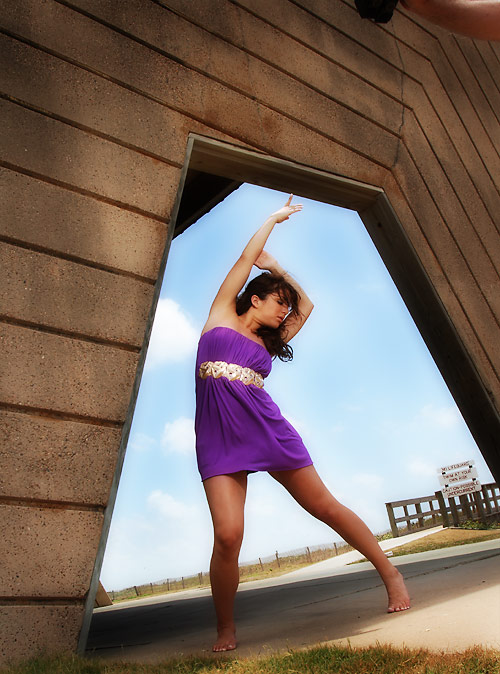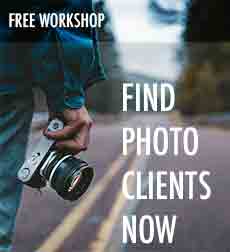
Muse in the Studio – A Brief “How to†Guide:(part two of two parts)
Okay, enough philosophy, let’s make this simple. Here are a few things I “feel†when I’m modeling. Yes, “feel.†I don’t go and think about these steps when I’m modeling… I just do them (and probably a lot more as a few photogs will attest. You know who you are and what I’ve done, haha.) To put it another way, you don’t think about a dance class… you daaaahhnce a dance class. So just use my thoughts/feelings to help find your own focus, whether you’re a model/muse or a photog. In the end, your shoot will develop a feel and you’ll just interact with one another. But sometimes one or the other will need a kick-start, and here’s how a model can kick-start her/his photog or even herself.
1) Vitality/Energy: it’s infectious. The more energetic and vibrant you are, the more the other will respond. You can’t help but getting hyped up for an event when others are already hyped.
2) Respect: for each other, other models, and mostly, for yourself. The creation of art, when the subject is live, involves a great deal of trust. Without respect, you won’t “feel†in the moment. And without trust, no respect is possible. Now, with a first time shoot with a photog, think of it like a date. You don’t go all the way. Then again, I don’t recommend any model go all the way. But you get the gist. It’s a metaphor. Regardless, with trust and respect a model will be able to stretch her range and the photog will follow.
3) Smile, dang it! Frown too… modeling is emotion. Use the whole range. Sometimes the photog won’t be feeling happy. So frowns may capture his mood and allow him to do something great. For instance, a writer doesn’t go and write a great romantic and happy chapter after driving an hour in L.A. heavy traffic. No, she goes and writes the chapter about road rage. Got me? Be aware of how your photog is feeling. That too, means a photog should be aware of his or her model’s mood. Get it right and you could have the next top model on your hands.
4) Work with your surroundings: Model them (haha… be the cactus, eh, Don? haha!!) Nature’s form is perfect. Well, I don’t know about toads, but think Kung Fu Panda, Kung Fu was derived from animal forms. So why can’t models emulate nature? Of course they can. Nature’s got some cool forms, so emulate. Further, a reflection of environment will accentuate mood. Smiling on a cloudy day may work sometimes, but quiet introspection under stormy skies may work better. Which will allow some cool post-shoot changes as well, some as simple as just changing it to black and white. Remember also, that props help too. A chair doesn’t just have to be used for sitting.
5) Comfort: Do only so much as you’re comfortable with… to do more will reflect in the picture. Miley Cyrus, anyone? Her obvious discomfort translated through the picture and lead to many defending her. (That’s a type of art too, but for a future article.)
Conclusion:
Inspiration can be found anywhere. But often it is found in a model. As such, a model can influence the creation and finished result of any picture. For the model is not static, like a rock, but can morph and mold to his or her surroundings. Her empathy for her surroundings adds vitality and energy to the work, and thus can reflect or contrast with any background or prop. Essentially, the more capable the muse the more there is for an artist with which to work. Even better, the model can kick-start her photog with just her smile. Just ask Da Vinci about what Mona did for his career and then you’ll understand just what a model can do for a piece.
For Part One of this article.
Next in Model Behavior: Performance over Posing…







These articles are so helpful, especially for a photographer who is just starting to work with models professionally. Thank you so much Briana, I’m a huge fan of your work. 🙂
~CBH
I agree, I just had my first shoot with a “model” the other day. Fortunately it went really well, your articles though are really driving home some good points and I have got a lot of points to ponder over between now and my next shoot.
Keep ’em coming Briana, your work in front of the lens and on the Blog is just wonderful 😉
Steve
Briana,
I agree with you. I have seen the videos included on your Brianamodel site. Your energy and movement are perfect illustrations to your muse articles. Thanks for providing your insights into the model/photographer relationship.
Sam
Briana,
Your words are so inspiring! A photographer referred me to this sight and I think it was the best thing I have done. Im just starting to model, dipping my feet in the pool, testing the waters per say, and I needed inspiration! I noticed my photos were all looking the same and it was aggravating, I found myself asking the photographer what he wanted me to do and I was being directed into a form that wasn’t me and i didn’t feel.
Now i know that i am the one that has to be the inspiration and that i have to use my surroundings for inspiration and that just cause its a chair doesn’t mean i have to sit in it. Thank you so much I definitely feel like i can do this now!
-Brieanna